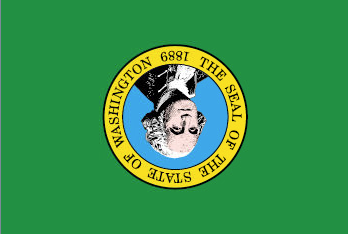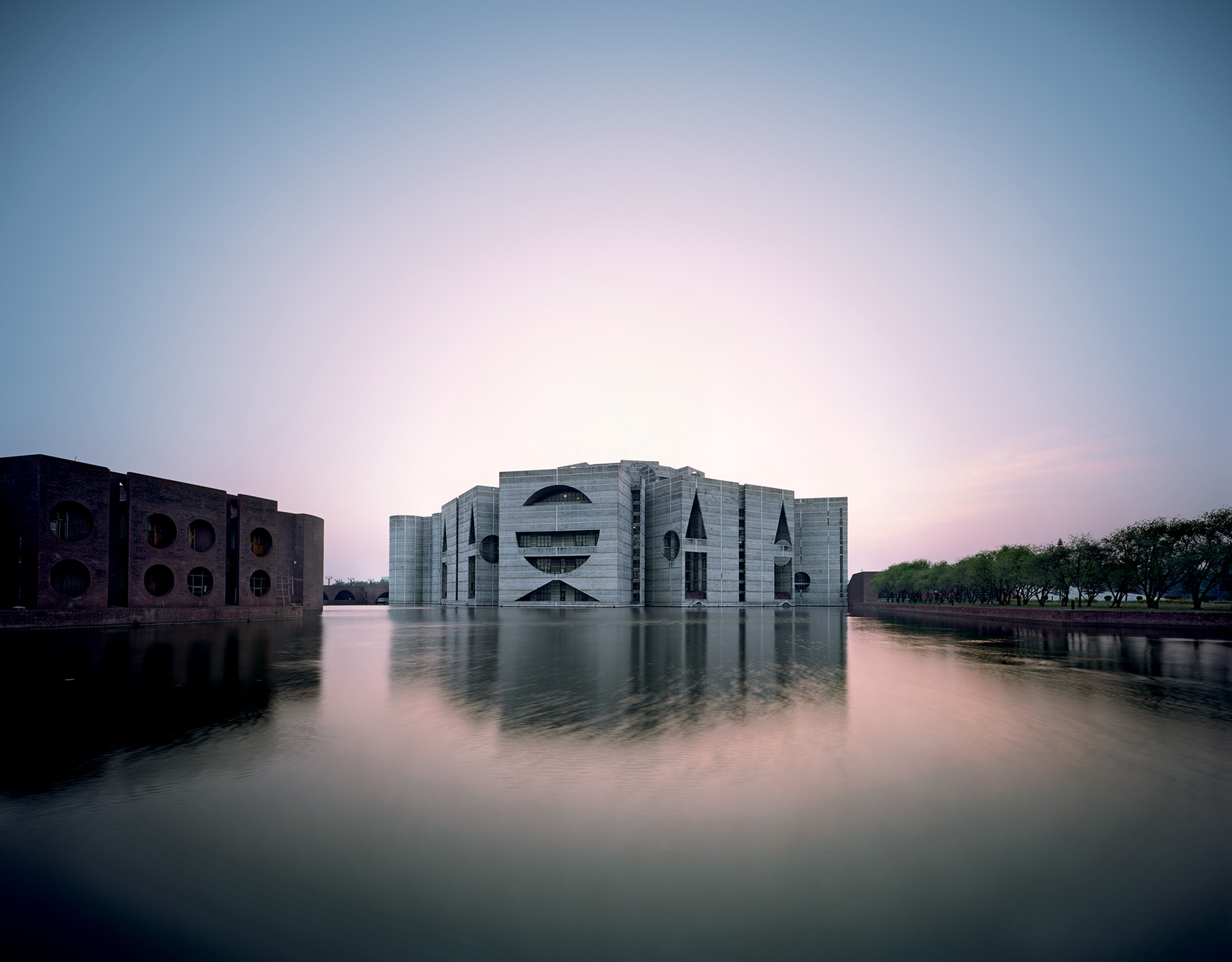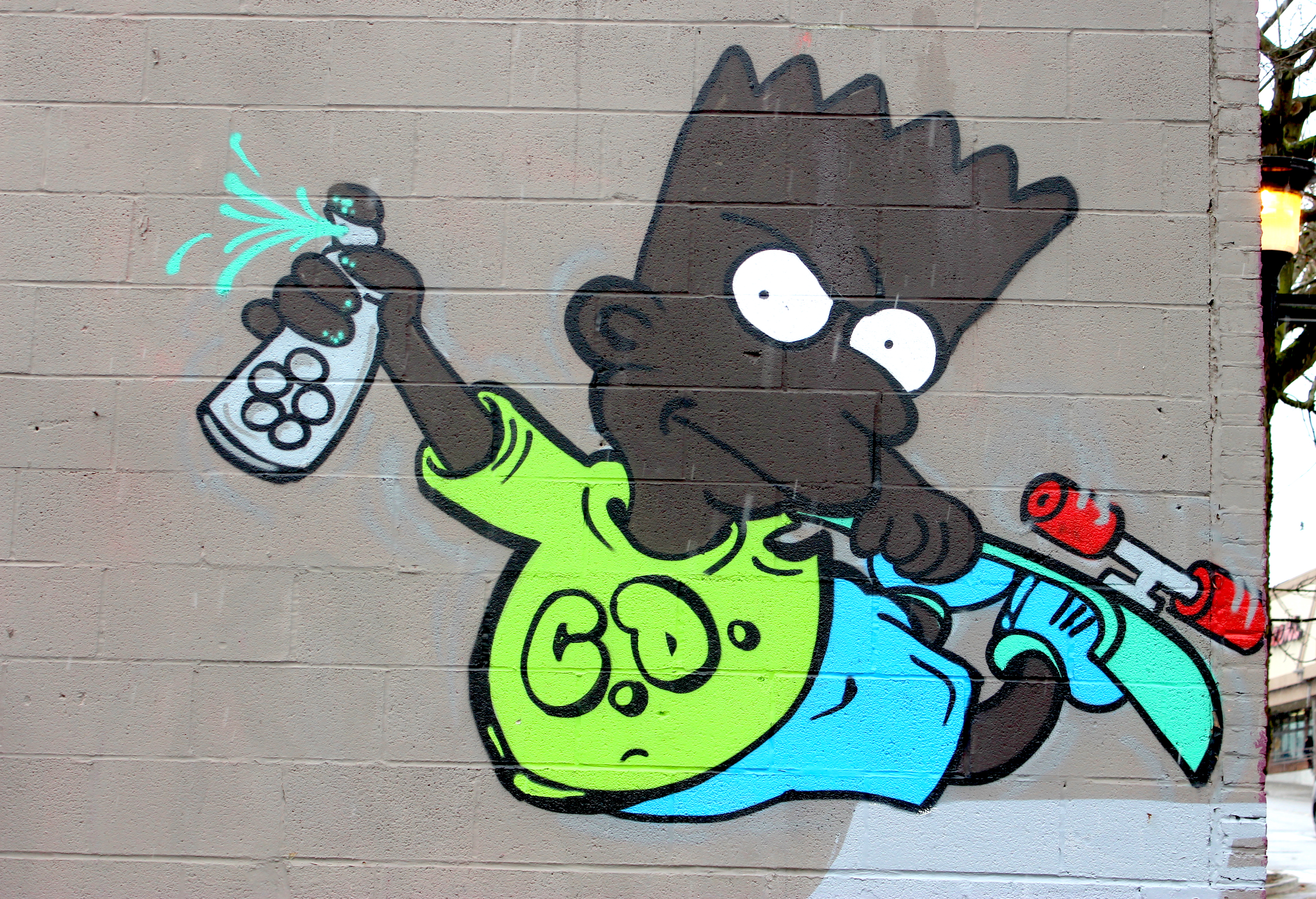King County was named after William Rufus DeVane King in 1852—one year before tuberculosis killed him. King reputedly wore powdered wigs way after they went out of style, and has gone down as one of the worst vice presidents in U.S. history.
King, who served under our 14th president, Franklin Pierce, spent the first 43 days of what would be the shortest vice presidency of all time in Cuba. Then he sailed back to his home, one of the largest slave-labor cotton plantations in Alabama, and died two days later, having completed zero hours of any actual vice-presidential duties.
William Rufus King: Historical Asshole.
King was an especially vocal advocate for the Fugitive Slave Act, which set aggressive legal mandates for the return of slaves who managed to escape plantations and find their way to the free states.
One hundred and fifty-five years after naming itself after this guy, King County officially acknowledged that William Rufus DeVane King, despite how cool he may have seemed in 1852, really loved that vile Fugitive Slave Act a lot, and also, he and his family collectively owned, like, 500 goddamn slaves.
King County, it realized, was named after an asshole.
In 2005, a 19-year effort led by City Councilmember Bruce Laing and County Executive Ron Sims culminated in then-Governor Christine Gregoire’s signing of a bill effectively changing the county’s namesake from racist asshole King to civil-rights leader Martin Luther King Jr. When the movement finally succeeded, Sims wrote, “This is a profound and meaningful change that sends a strong and positive message about the values of our government and the people we serve.” Two years later, the county officially changed its logo from a king’s crown to a silhouette of Dr. King.
In doing so, King County consciously decided it no longer wanted to be named after or represented by symbols of an unjust, evil practice that killed and enslaved millions of human beings and continues to disease our country today. King County aspired to something other than the system behind the Fugitive Slave Act.
George Washington, our first president, happened to sign the very first Fugitive Slave Act into law. The Iroquois had a nickname for Washington: “Conotocaurious,” which translates to “Town Destroyer” or “Burner of Towns.” He liked the name so much, he started referring to himself as such in letters.
Washington also personally owned over 300 slaves. If you haven’t noticed, his lily-white colonialist face sits on our state flag.
We should probably change that too.
Although you’ve maybe never heard of it, the North American Vexillological Association (NAVA), around since 1967, comprises scholars dedicated to the delightfully named practice of vexillology, the study of flags. Turns out they’re not wild about Washington’s.
As one might expect, NAVA has a tidy set of guidelines for a sexy, well-designed flag:
1) Keep it simple—simple enough that a child could draw it from memory. 2) Use meaningful symbolism. 3) Use two to three basic colors. 4) No lettering or seals. 5) Be distinctive or be related [to another geographic region you have something in common with].
In 2001, NAVA ranked the designs of the flags of North America. Washington’s scored a dismal 4.53 points out of 10, essentially an F-. That’s probably because it follows zero of those five nifty rules:
1) No child could draw George Washington’s weird hair from memory, let alone his poofy neckerchief. 2) George Washington is a symbol of America’s institutional racism and greedy imperialism. 3) The flag has six colors. 4) It is literally just a seal with lettering on it. 5) As one of 28 states with the seal-on-a-solid-color design, it’s completely unremarkable—although no other state chose green, which is nice, I suppose.
So for those of you keeping score, our flag completely and utterly flunks on an aesthetic level, and it also has a huge prick on it.
The Cascadian flag, meanwhile, was designed by Portlander Alexander Baretich in 1994 to represent the “Cascadian Bioregion”: British Columbia, Washington, and Oregon. For some, Cascadia is ripe for secession from the U.S., as outlined in Ernest Callenbach’s admirably goofy 1975 classic Ecotopia. But for Baretich, the flag and the concept of “Cascadia” represents something much simpler. “What this is really all about is decolonizing the imperialism that has been put into our brains,” Baretich said in an interview with ThePortland Radicle. “Decolonization is something that we need to do on a personal level and on a paradigm-shift level.”
Cascadia’s Flag, the Doug. Alexander Baretich
This weekend, a gaggle of “Cascadians” will descend on Finney Farm in Concrete, Wash., in the North Cascades for the first-ever “Cascadia Raining Man” festival. For many, the entry point into the reconstructive virtues of Cascadia was the flag—an elegantly designed shorthand for ideas of regrowth, ecological consciousness, and sustainability, values that make you proud to be here. It should come as no surprise, then, that the festival will include workshops to talk about the effect of the Northern Gateway Pipeline on the native Haisla Kitamaat people, ecological reconstruction, and mycology (the study of mushrooms).
Though anything would be better than our current flag, the Cascadian flag is just one example of the power a symbol can have on the collective consciousness of a place. When you put a tree on a flag instead of a slave owner, suddenly people want to talk about the environment and equity instead of money and power. It’s a lesson our state could take to heart.
So let’s change the damn thing already. Cascadia Raining Man Festival Finney Farm, Concrete, Wash., rainingman2014.org. $35. Fri., Aug. 29–Mon., Sept. 1.
ksears@seattleweekly.com








